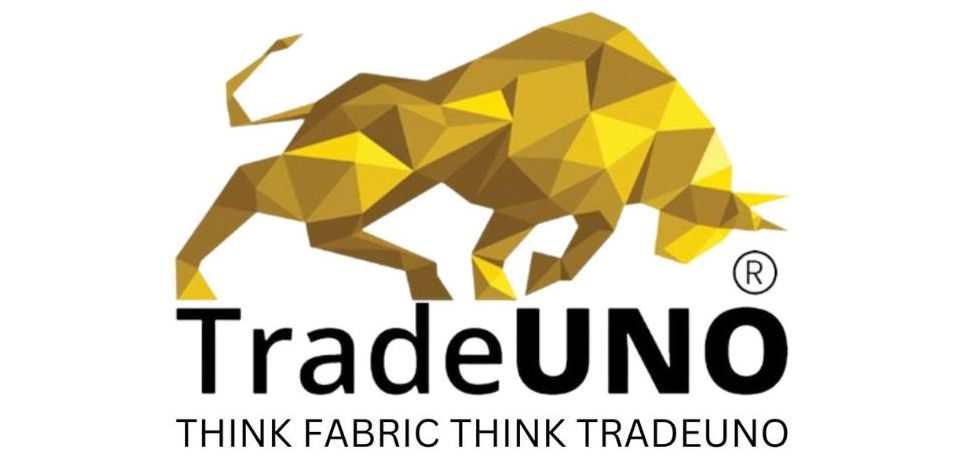The automotive sector is now the area where expansion in the use of textile is majorly growing that increases emphasis on sustainability and growing the comfort and safety of consumers and elegant view in cars and other vehicles. An outline of how textiles are incorporated in the sector of the automotive industry. Lets delve into the usage of textile in this sector -
Internal Utilization
Upholstery fabric: Car seats, door panels, and headliners are frequently made of fabrics. Textiles for cars need to strike a balance between comfort, durability, and style. Popular materials include vinyl, polyester, and leather fabric—both synthetic and natural. These textiles are frequently treated to be easily cleaned, stain- and fade-resistant.
Carpets and Mats: The interior floor coverings of vehicles are constructed from durable textiles, such as blends of nylon and polyester, with the aim of withstanding frequent use, preventing deterioration, and offering protection against noise and temperature changes.
Roof Liners and Sun Visors: The textiles used in sun visors and roof liners improve the aesthetics of the cabin while providing acoustics, temperature control, and UV protection.

Textiles that are Technical and Performance-Based
Airbags: Airbags are composed of heat-resistant, extremely resilient woven nylon or polyester fabrics. During deployment, these materials have to withstand tremendous stresses while yet being flexible and light.
Seat Belts: Automotive seat belts are made from polyester strands that are woven tightly, giving them strength and resistance to strain. This guarantees that in an accident, the belts can endure strong forces, protecting the occupants.
Soundproofing: To improve passenger comfort, sound-absorbing fabrics, frequently composed of nonwoven materials, are mounted in different sections of the car to muffle engine and road noise.
Thermal Insulation: Nonwoven mats made of textiles are also used to reduce heat transfer from the engine to the cabin, increasing the vehicle's overall energy efficiency.
For getting the best fabric which is suitable for automotives you can look for faux leather fabric and sustainable fabric that are suitable for the interior look. You can buy it from TradeUNO which is the best online fabric store that has a vast variety of colors, prints and patterns with different fabrics so it would be great to choose them and get huge discounts.
Trends in Sustainability
The usage of environmentally friendly fabrics, such as those made from recycled plastic, natural fibers (such hemp or flax), and bio-based materials, is growing as the car industry places a greater emphasis on sustainability. These textiles support circular economy principles and lessen the negative environmental effects of the car industry.
Flame-Retardant Textiles and Safety
Automotive textiles are subject to strict safety requirements, one of which is flame retardancy. Fabrics undergo specific treatments to make sure they don't catch fire and don't release toxic fumes.
Developments in Intelligent Textiles
"Smart textiles" hold the key to the future of vehicle textiles." These materials combine sensors and electronic components to provide features like integrated air conditioning and heating or even health monitoring for interiors and seats.

In summary
In the automotive industry, textiles are used for significantly more than they ever were. In order to meet the challenges of contemporary automotive design, they now play a crucial role in improving the efficiency, sustainability, and safety of automobiles. The future of the automotive industry will probably be shaped by the incorporation of sustainable and intelligent materials, given the continuous progress being made in textile technology.
The auto industry's emphasis on efficiency and innovation is reflected in the adaptability of textiles, which make cars safer, more pleasant, and environmentally friendly.
 Call Us
Call Us











